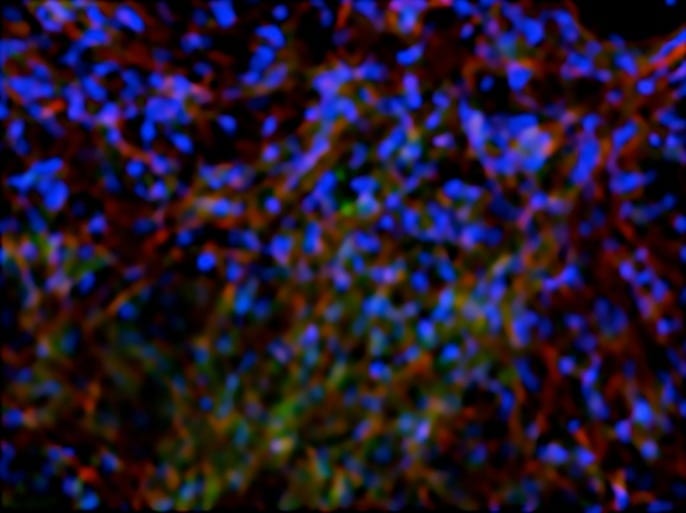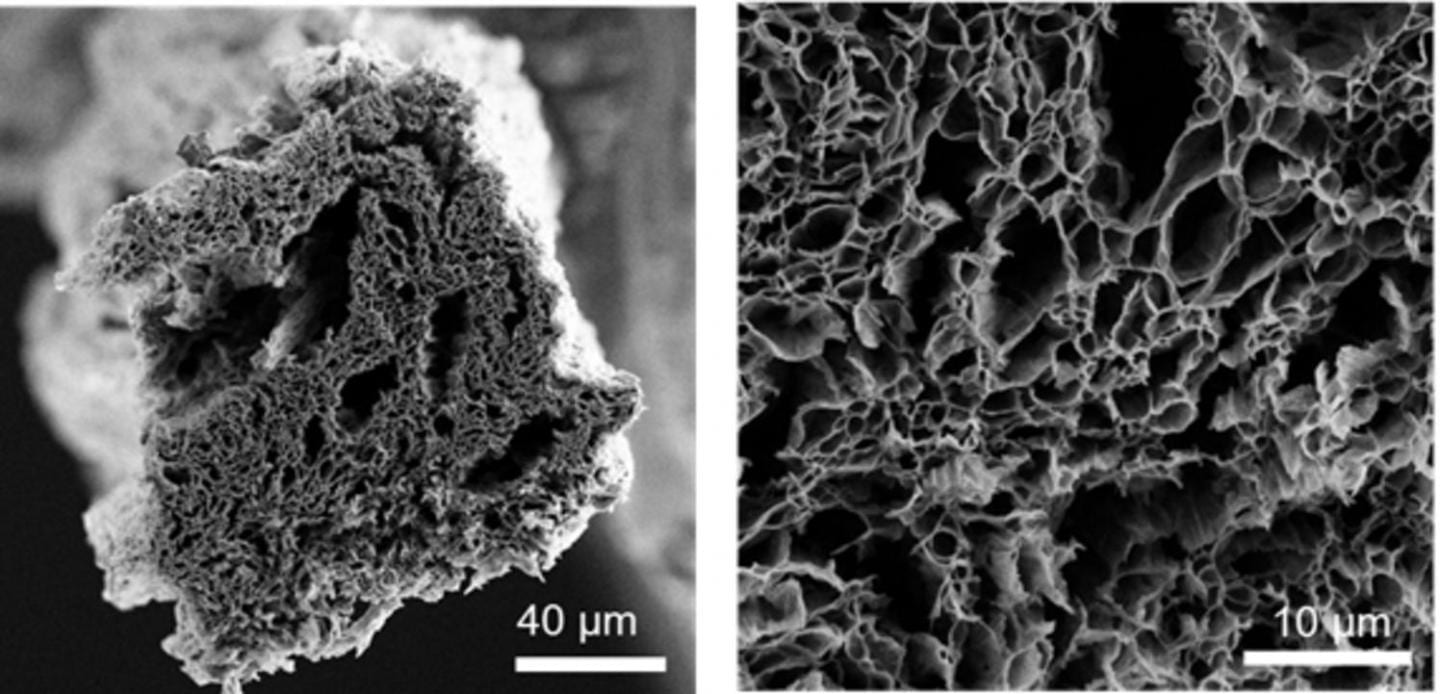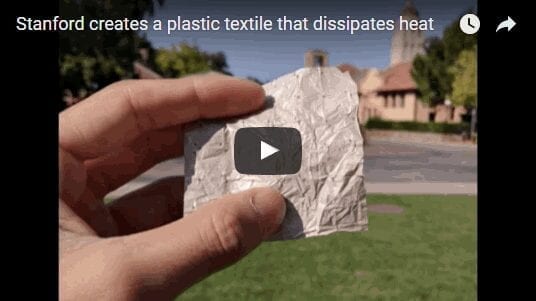
Credit: Varghese Lab/UC San Diego
Researchers at UC San Diego have discovered an easy and efficient way to coax human pluripotent stem cells to regenerate bone tissue — by feeding them adenosine, a naturally occurring molecule in the body. The stem-cell-derived bone tissue helped repair cranial bone defects in mice without developing tumors or causing infection.
The work could lead to regenerative treatments for patients with critical bone defects and soldiers who have suffered traumatic bone injuries. The findings, published today (Aug. 31) in the journal Science Advances, could also lead to a simple, scalable and inexpensive way to manufacture a pure population of bone-building cells.
“One of the broader goals of our research is to make regenerative treatments more accessible and clinically relevant by developing easy, efficient and cost-effective ways to engineer human cells and tissues,” said Shyni Varghese, a bioengineering professor at UC San Diego and senior author of the study.
Pluripotent stem cells are capable of becoming any type of cell in the body, such as muscle, heart, skin or bone — a process called differentiation. Because of this ability, pluripotent stem cells have promising therapeutic uses to repair or regenerate various tissues and organs.
But getting pluripotent stem cells to differentiate into a particular type of cell that can function inside the body is not simple. Directing stem cell differentiation is like following a complex recipe, involving a long list of ingredients and steps that make the process costly and inefficient.
Another challenge is producing stem-cell-derived tissues or organs that don’t develop teratomas—tumors that contain a variety of tissues found in different organs — when transplanted. Teratomas are what can happen when some of the pluripotent stem cells go rogue and differentiate uncontrollably.
Varghese and her team showed that they could control the differentiation of human pluripotent stem cells into functional osteoblasts — bone-building cells — simply by adding the molecule adenosine to their growth medium. Like living bone cells in the body, the resulting osteoblasts built bone tissues with blood vessels. When transplanted into mice with bone defects, the osteoblasts formed new bone tissues in vivo without any signs of teratoma formation.
“It’s amazing that a single molecule can direct stem cell fate. We don’t need to use a cocktail of small molecules, growth factors or other supplements to create a population of bone cells from human pluripotent stem cells like induced pluripotent stem cells,” Varghese said.
This work stems from a previous study by Varghese’s group to understand how calcium phosphate minerals found in bone tissue induce stem cells to differentiate into osteoblasts. Her team discovered that stem cells take up calcium phosphate to produce ATP, a metabolic molecule, which then breaks down into adenosine and signals the stem cells to become osteoblasts.
“We wondered what would happen if we bypassed the steps and just supplemented the medium with adenosine. That’s what inspired this current study,” Varghese said.
Varghese’s team is now investigating exactly how adenosine signaling promotes bone formation. So far, they’ve attributed the signaling to a receptor on the stem cells’ surface, called the A2bR receptor, which binds to adenosine. But this mechanism still requires further study, she said.
Learn more: Researchers use a single molecule to command stem cells to build new bone
The Latest on: Regenerate bone tissue
[google_news title=”” keyword=”regenerate bone tissue” num_posts=”10″ blurb_length=”0″ show_thumb=”left”]
via Google News
The Latest on: Regenerate bone tissue
- ‘Engineering’ OA Treatment Lands $31M Research Awardon May 8, 2024 at 11:29 am
The Advanced Research Projects Agency for Health (ARPA-H) has awarded up to $31 million to researchers at Washington University in St. Louis to support the development of non-surgical osteoarthritis ...
- Plastics Hall of Fame 2024: Cato Laurencinon May 5, 2024 at 2:00 pm
A physician as well as a plastics expert, Cato Laurencin has develooped new technology combining polymers with health care needs.
- Nanocomposites for Bone Tissue Regenerationon May 2, 2024 at 5:00 pm
Nanocomposites based on bioceramics and biodegradable polymers have attracted much attention for bone tissue regeneration because of the excellent combination of bioactivity and osteoconductivity ...
- Not practicing proper oral hygiene can lead to bone losson April 29, 2024 at 5:00 pm
helping to regenerate bone and stabilize teeth. Guided tissue regeneration: This procedure involves inserting a small piece of biocompatible fabric between existing bone and the tooth. This ...
- Tissue Engineering News and Researchon April 23, 2024 at 5:00 pm
The field of bone tissue engineering (BTE ... of stem cells and tissue engineering to promote the regeneration of damaged tissues. Hydrogels are popular for use in skin ailments and tissue ...
- Materiobiology: Advances in aging bone regeneration material developmenton April 9, 2024 at 2:02 pm
While biomaterials have enhanced the therapeutic outcomes for bone regeneration ... biological functions at various levels—cellular, tissue, organ, and organism—through the use of ...
- Materiobiology: revolutionizing aging bone regeneration material developmenton April 9, 2024 at 6:26 am
The new development process for aging bone regeneration materials focuses on ... of biological functions at various levels—cellular, tissue, organ, and organism—through the use of ...
- This new piezoelectric bandage can heal broken bones fasteron February 5, 2024 at 1:28 am
levels of osteogenesis – the process of bone formation – were approximately 30% to 40% higher on the HAp scaffolds, suggesting that HAp could enhance the scaffold's piezoelectric properties and create ...
- Leading innovation in bone regenerationon June 30, 2020 at 7:53 am
A nature-inspired project to find new biocompatible materials able to sustain tissue regeneration in orthopedics prompted a screen for plants that have a similar internal structure to bone.
via Bing News










